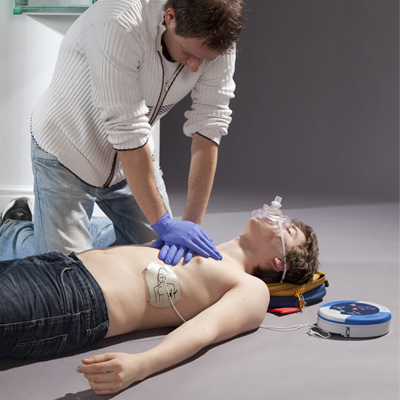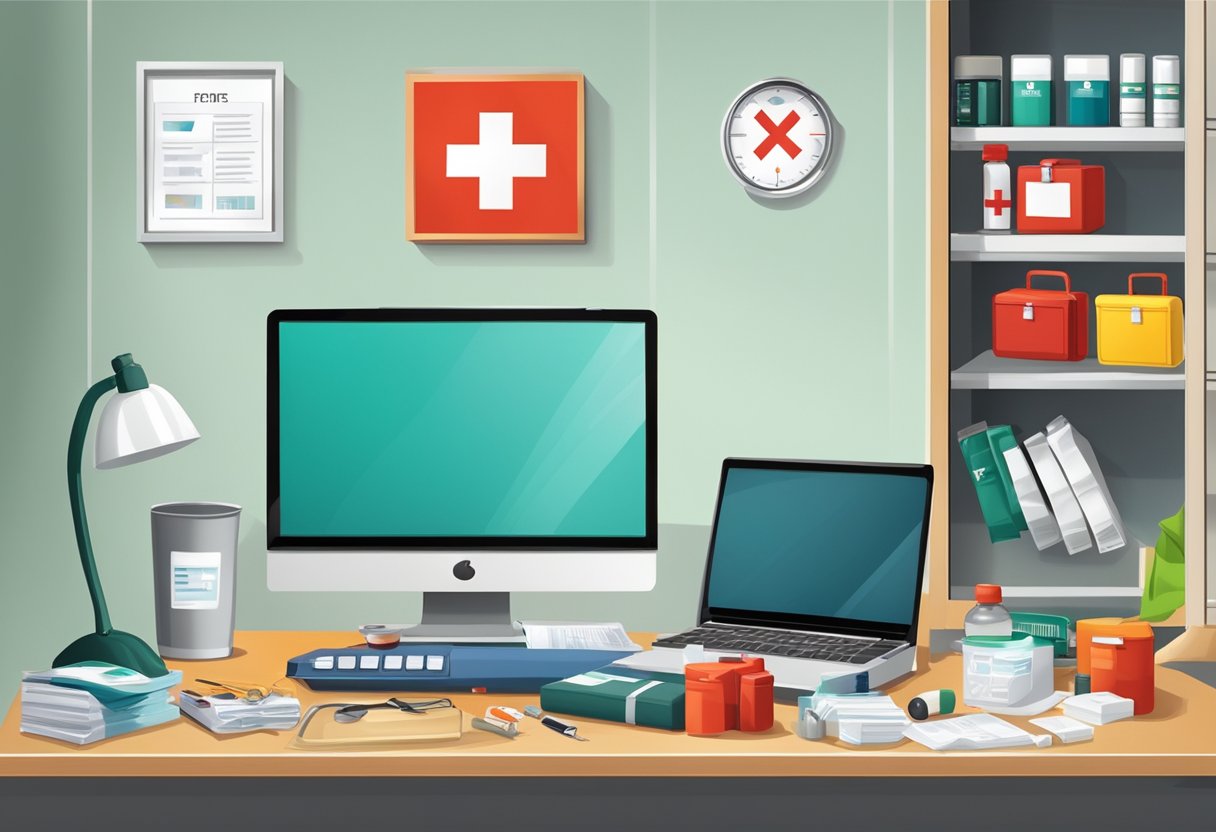
- /
- /
As October approaches and Australia’s National Safe Work Month looms on the horizon, it’s time for Australian workplaces to take a good, hard look in the mirror – preferably one that’s been properly cleaned according to hygiene regulations. While you might think your workplace is as compliant as a kangaroo following traffic rules, the reality of WHS 2025 compliance requirements might surprise you.
The State of Australian Workplace Hygiene
Let’s be honest: nobody gets excited about workplace hygiene audits the way they get excited about Friday arvo drinks. But just as you wouldn’t ignore a funnel-web spider in your office (hopefully), you can’t afford to overlook the critical importance of maintaining proper hygiene and first aid standards. With Australia’s Safe Work Month just around the corner, now is the perfect time to ensure your workplace isn’t just surviving, but thriving under the latest compliance requirements.
The Australian workplace landscape has evolved significantly, and so have the expectations around hygiene and safety standards. From COVID-19’s lasting impact on cleanliness protocols to updated first aid requirements, WHS 2025 compliance brings fresh challenges that require immediate attention. Think of it as spring cleaning, but with more paperwork and potentially fewer spiders (though we can’t guarantee the latter).
Essential Hygiene Compliance Areas
A comprehensive hygiene audit should examine several key areas that often get overlooked. First up: handwashing facilities. Your workplace needs adequate handwashing stations with hand soap, running water, and drying facilities. If your staff are washing their hands in the same sink used for cleaning coffee mugs, you’ve got a problem bigger than burnt instant coffee.
Food handling areas require particular attention, especially if your workplace provides meals or has communal kitchen facilities. Proper food storage, refrigeration temperatures, and cleaning schedules aren’t just suggestions – they’re legal requirements that can result in serious penalties if ignored. Remember, nobody wants to explain to WorkSafe why the office fridge has become a science experiment.
Toilet facilities must meet strict hygiene standards, including adequate ventilation, proper lighting, and regular cleaning schedules. While discussing dunny standards might not be glamorous, it’s essential for WHS compliance in 2025. Your staff deserve facilities that would make even the most discerning visitor comfortable – think hotel standard, not roadhouse pit-stop.
First Aid Preparedness: Beyond the Basic Kit
First aid compliance extends far beyond having a dusty kit tucked away in someone’s desk drawer. Modern first aid requirements demand properly stocked, regularly maintained equipment that’s easily accessible to all staff. Your first aid kit should be more current than your Netflix subscription and better organised than your digital photo collection.
Training requirements are equally crucial. Having designated first aid officers isn’t just good practice – it’s often legally required. These champions need current certifications and regular refresher training. Consider it an investment in your team’s wellbeing, not just a compliance box to tick.
Location matters, too. First aid stations should be clearly marked, easily accessible, and known to all staff. If your first aid kit is harder to find than a decent flat white in the suburbs, you need to reassess your setup.
Conducting Your Hygiene Audit
A thorough hygiene audit requires systematic evaluation of all compliance areas. Start by reviewing your current policies against the latest 2025 compliance requirements from WHS. Check cleaning schedules, supply inventories, and maintenance records. Document everything – if it’s not recorded, it didn’t happen in the eyes of regulators.
Engage your staff in the audit process. They’re the ones using these facilities daily and can provide valuable insights into practical issues you might miss. Plus, involving your team creates buy-in for maintaining standards year-round, not just during Safe Work Month.
Consider bringing in external auditors for an objective assessment. Fresh eyes can spot issues that have become invisible through familiarity, much like how visitors notice that peculiar office smell you’ve grown accustomed to.
Preparing for Safe Work Month in Australia
With National Safe Work Month starting in October, there’s no better time to get your compliance house in order. Use this annual focus period to implement improvements, update training, and demonstrate your commitment to workplace safety and hygiene.
Remember, compliance isn’t about ticking boxes – it’s about creating a workplace where everyone can perform their best work safely and comfortably. Your team deserves nothing less, and your business depends on it.
Don’t wait until Safe Work Month arrives to address compliance gaps. Inquire about managed hygiene and safety services today, because the best time to fix workplace hygiene issues was yesterday – the second-best time is right now.
Meet us at the Workplace Health & Safety Show
You can also connect with Alsco Uniforms and Fresh & Clean directly at the Workplace Health & Safety Show, October 22–23, 2025, where we’ll be exhibiting practical solutions to keep your workplace compliant and safe.






